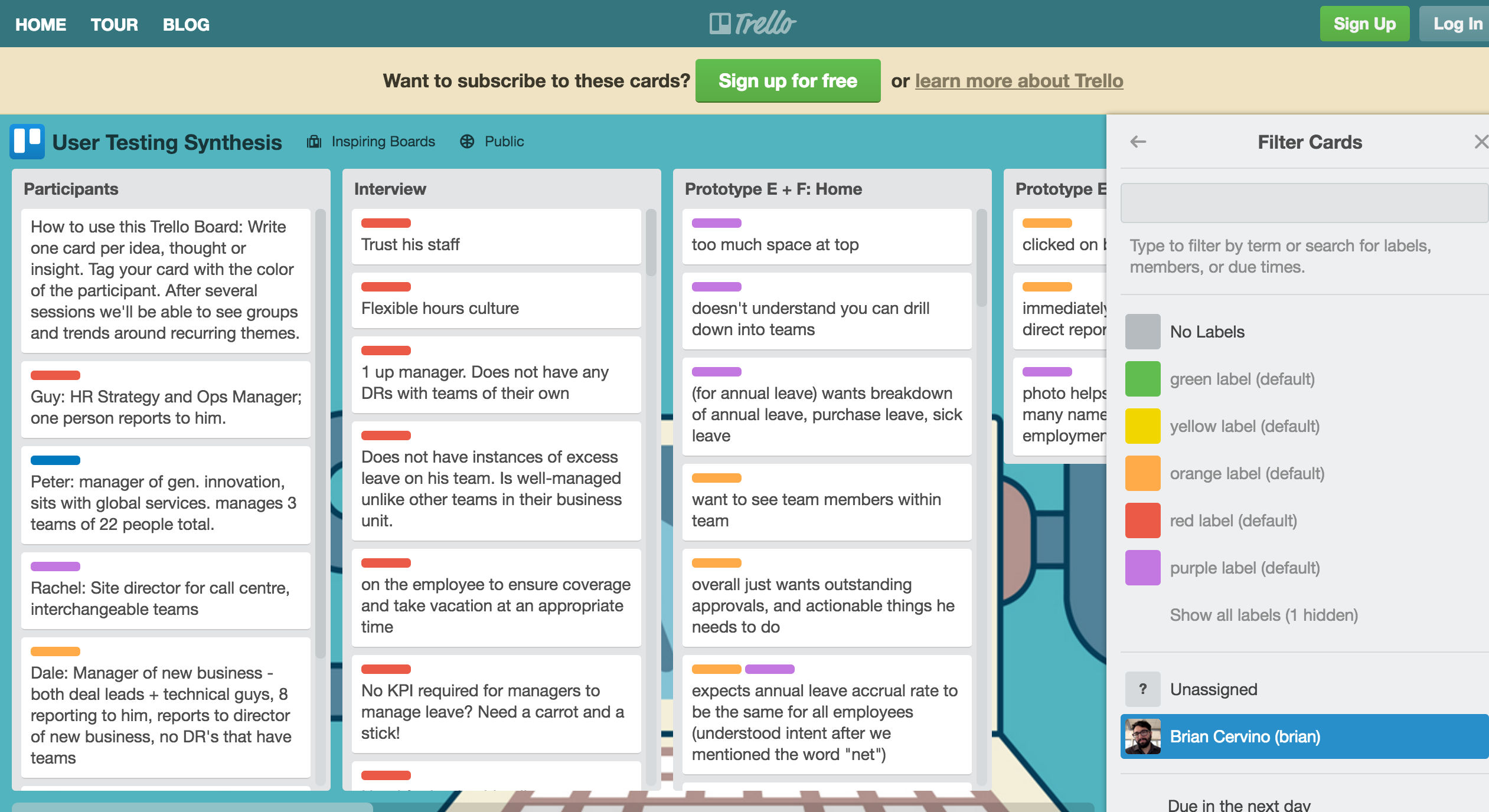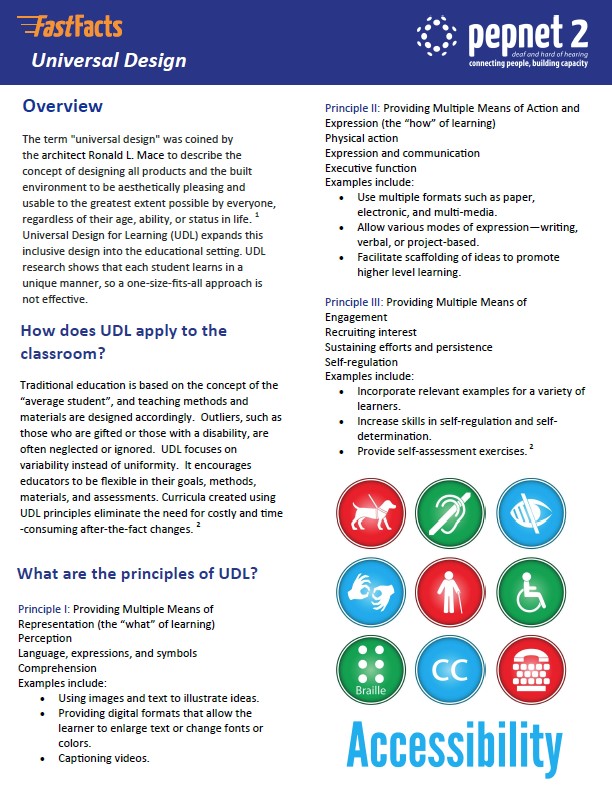Table Of Content
- What are principles and guidelines relevant to UDE?
- Eliminate Barriers by Universal Design for Learning
- Universal Design, Inclusive Design, and Design for All: What’s the Difference?
- Application
- Universal Design in Interior Design: Delving into Furniture, Layout, Lighting, and Color Choices
- Understand the Social Needs for Accessibility in UX Design
When communities are designed with all abilities in mind, it can promote community integration for individuals with disabilities. For example, there are many sources of contextual differences, such as topography, economic development levels, cultural norms, and local values, which influence the way designers implement Universal Design. Increasingly, high value is placed on preserving cultural resources like historic buildings and natural resources. Attempts to enhance accessibility, however, often conflict with these two goals. Universal Design must address this conflict to overcome perceptions that it gets in the way of reaching other important design goals. In October 2003, representatives from China, Japan, and South Korea met in Beijing and agreed to set up a committee to define common design standards for a wide range of products and services that are easy to understand and use.
What are principles and guidelines relevant to UDE?
So, you might need to work on different products for different user groups by making several personas. Things should be Inclusively Designed in such a way that they should not feel that this is designed especially for me; which is an uncomfortable feeling for the disabled person. The design communicates necessary information effectively to the user, regardless of ambient conditions or the user's sensory abilities. Using sustainable materials, such as recycled or rapidly renewable resources, in construction and interior design can minimize the ecological footprint of space and contribute to a healthier indoor environment.
Eliminate Barriers by Universal Design for Learning
One methodology that can help as we explore universal design is that of mental models. When we conduct research with users, we try to learn how they act and what they think. We try to understand the perspective with which a specific person views a situation or a design.

Universal Design, Inclusive Design, and Design for All: What’s the Difference?
It was published in 1997 by NC State University, The Center for Visual Design. The Principles of Universal Design is an invaluable resource you can use to plan and guide your design process intelligently. This will benefit the company you work for and the people who’re going to use your designs in the end.© Center for Universal Design, NC State. Universal design associations and conferences can be very illuminating to UX practitioners, since they attract such an array of people. Designers, strategists, researchers, and content creators all mingle, right alongside physicians and end-users with a vested interest. Here are a few of the highest profile universal design conferences available.
While we are not designing for nuclear technology, we should design for an error-friendly environment. Universal Design aims to design for all users—as well as design in anticipation for different environments and users’ actions; this principle pushes you to think beyond the screen and how the system and user will interact with each other. A static and inflexible design will never be able to accommodate all users. The Flexibility in Use principle encourages flexible, adaptable and/or customizable design. It takes into account individual preferences and lets the users choose how they will use a product. When you provide choices for your users, they will feel more free and more in control of their experience on your website.
Application
Originating in the 1970s within the architecture field, universal design was popularized by Ron Mace, who advocated for equitable design principles and making environments accessible to everyone. Current trends in accessibility and technology highlight universal design as a key principle that fosters greater innovation, cost savings, and higher employee engagement. Additionally, it enhances talent retention by creating more inclusive work environments. When applying accessible design principles, numerous factors must be taken into account. This complexity often contributes to why many designs end up being inaccessible. Achieving true inclusivity in design requires a deep understanding of diverse needs and continuous adjustments to cater to those variations.
Universal Design in Interior Design: Delving into Furniture, Layout, Lighting, and Color Choices
Geospatial Tech & Universal Design: Creating Access for All - DirectionsMag.com
Geospatial Tech & Universal Design: Creating Access for All.
Posted: Wed, 08 Aug 2018 07:00:00 GMT [source]
When all students have access to high-quality instruction and materials, achievement gaps decrease. When teachers use UDL principles in their instruction, students learn more and achieve better outcomes. UDL provides ways to meet the needs of all learners, including those who are traditionally marginalized or left behind. Universal Design for Learning principles also recommends providing multiple means of action and expression.

Teach stakeholders, colleagues, and clients about the benefits and principles of universal design. You can drive positive change and create a more inclusive design culture with universal design. The belief that accessibility and usability go hand in hand is the foundation of universal design. As a designer, you can stretch these to the greatest extent in products or services everyone should be able to access and use.
Universal design is a way to achieve this goal by making products, services, and environments that work for everyone. As stated by the Centre for Excellence in Universal Design, universal design doesn’t cater to just a small number of individuals. Instead, it considers everyone’s different needs and abilities during the design process and is a critical component of good design. To remain in their own homes while aging, people need housing designs that can be adapted to wider range of health conditions than traditional designs allow. Encouraging housing producers to adopt Universal Design features is a key aspect of design for aging in place. Universal Design increases the potential for developing a better quality of life for a wide range of individuals.
You can then use this feedback to refine and improve things until the design is easy to use for everyone. The seven principles of universal design established by the Center for Universal Design at North Carolina State were developed to guide the design of any product, service, or environment. Proponents of Universal Design must recognize that products and environments can never be fully usable by every person in the world, but that services, management practices, and policies can benefit from Universal Design thinking. Universal Design should therefore be considered a process rather than an end state. There is never any end to the quest for improved usability, health, or social participation, so attention to more than just the built environment is needed to achieve these three broad outcomes.
You do not need to be certified in special education to use UDL in your classroom. However, it is helpful to understand the basics of special education to meet your students’ needs best. Differentiating instruction is another crucial way to use UDL in your classroom. This means providing students with different levels of teaching and support based on their needs. For example, you might give scaffolded support to struggling students and more challenging tasks for excelling students.
For example, you might allow a student to use a laptop if they cannot write by hand or give a student an alternate format for reading class material. Another way to use UDL in your classroom is to offer multiple means of expression. For example, you might allow students to use other forms of communication, such as speaking, writing, and drawing. SplashLearn inspires lifelong curiosity with its game-based PreK-5 learning program loved by over 40 million children. With over 4,000 fun games and activities, it’s the perfect balance of learning and play for your little one.
There are seven principles, and they all include guidelines with actionable approaches for Universal Design. Whenever you are using the guidelines to plan and evaluate your design, an important thing to note is that sometimes only a few of the seven principles will be relevant to your current design. In the following section, you'll learn about each of the seven principles and its guidelines. Additionally, we will look at design examples for each principle so you can apply these immediately to your projects. When we take the time to look at these steps and think about where the user is, we also consider what he’s thinking, and how he’s physically moving, speaking to, or tapping the screen. That takes us to another level of empathy, which is easier to access and feels more tangible than when we stop at personas (great though personas are!).
Research is a field within UX, and we’ve written quite a bit about it on its own, but it deserves special mention with regards to universal design. The research we do directly impacts what we design, and so if we only conduct research with like minded people, or people who share mental models, we will only see that particular perspective. The tasks that contribute to universal design can take the form of UX/interaction design, content strategy, IA, or development. That said, here are some tasks that we think are particularly useful when designing with universal design in mind.
A well-defined user flow adds a level of context, and brings us one step closer to universal design. The terms “accessibility” and “universal design” are often used interchangeably. Where accessible design focuses on the needs of people who are differently abled, universal design is focused on all people’s needs. If a wheelchair lift is an example of accessible design, an elevator, which is usable by those with wheelchairs, parents with small children, people moving large furniture from Archute, or just tired adults, is an example of universal design. When we design an application, we want it to be so intuitive that anyone could use it. ” While a good design is usable by people of all ages and technical adeptness, a truly universal design works for users with varying physical abilities.
The height of toilets, the amount of space under vanities, and even the right showerheads are also important considerations when designing a bathroom. Get the details on bathroom universal design to create a more conducive bath in your home. Do not forget to look around for inspiration for universally design products.

No comments:
Post a Comment